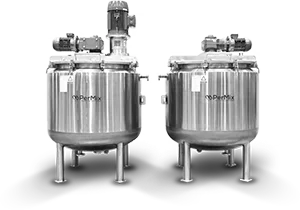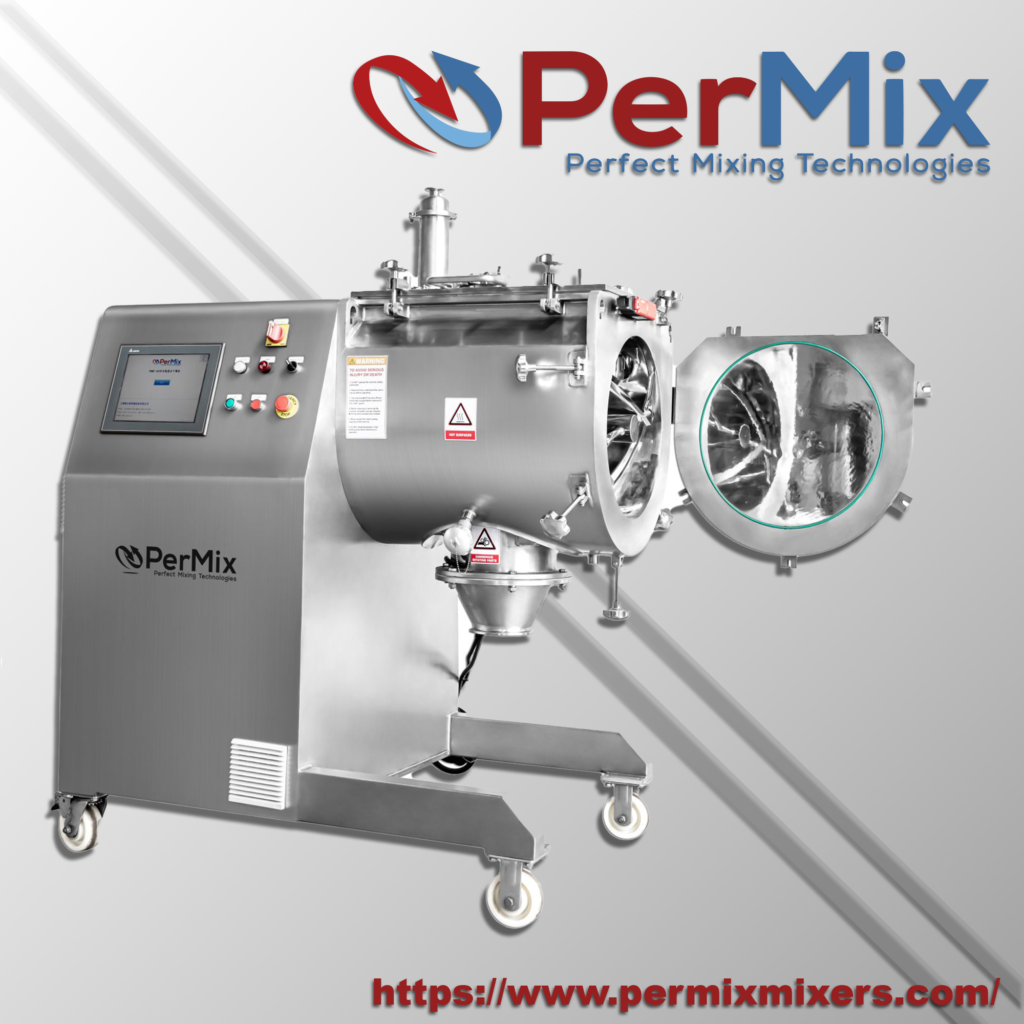Industrial Mixers
PerMix News & Updates



Introduction:
In the highly regulated industrial landscape, validating equipment is a critical process to ensure compliance with quality and safety standards. For industries relying on various mixing techniques, the validation of mixing equipment poses unique challenges. This article explores the time and cost implications of writing validation requirements for industrial mixers and introduces a solution – the universal mixer. Specifically, we’ll delve into how a mixer capable of seamlessly transitioning between ribbon, paddle, plow, and fluidized zone mixing types can significantly expedite the validation process.
The Time and Cost of Writing Validation Requirements: Creating validation requirements for industrial mixers is a meticulous and time-consuming task. It involves defining and documenting every parameter, ensuring adherence to industry standards, and conducting extensive testing to validate performance and efficiency. The complexity of this process is heightened when dealing with mixers employing diverse agitation types.
The Solution: Universal Mixer for Efficient Validation Enter the universal mixer – a revolutionary solution that facilitates the validation process for industrial mixers. A universal mixer, capable of seamlessly transitioning between ribbon, paddle, plow, and fluidized zone mixing types, offers several key advantages:
Conclusion: Investing in a universal mixer can be a game-changer for industries requiring diverse mixing techniques. By reducing the time and cost associated with writing validation requirements, a universal mixer enhances efficiency, promotes compliance, and enables manufacturers to adapt swiftly to evolving industry demands. Consider the advantages of a universal mixer as you aim to expedite your validation processes and stay ahead in the competitive industrial landscape.